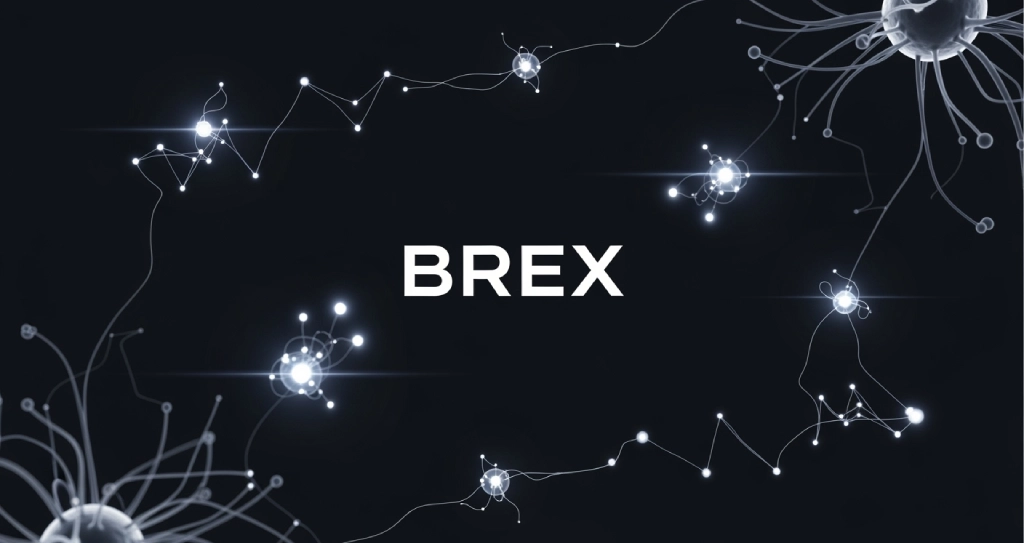Businesses have found it difficult to implement the appropriate AI tools since the technology advances much more quickly than their sluggish sales cycles.
Brex, a corporate credit card company, is no exception. The startup encountered the same problem as its larger competitors. In order to avoid falling behind, Brex radically altered its software buying strategy.
Brex CTO James Reggio told TechCrunch at the HumanX AI conference in March that the company first attempted to evaluate these software products using its standard procurement process. The startup soon realized that its months-long piloting approach was just ineffective.
“The procurement process itself would actually run so long in the first year after ChatGPT, when all these new tools were coming on the scene, that the teams that were asking to procure a tool actually lost interest in the tool by the time we actually got through all of the necessary internal controls,” Reggio stated.
At that point, Brex understood it needed to rethink its procurement procedure from the ground up.
According to Reggio, the business began by developing a new structure for data processing agreements and legal justifications for implementing AI capabilities. As a result, Brex was able to evaluate possible AI tools more rapidly and deliver them to testers sooner.
According to Reggio, the business employs a “superhuman product-market-fit test” to determine which tools are worthwhile to purchase after the pilot phase. According to where they are finding value, this method provides workers a far bigger say in what tools the business should use, he continued.
“To determine whether the tool is truly unique enough to maintain, we dive deep with the people who are getting the most out of it,” Reggio added. “I would argue that we are essentially two years into this new era, with 1,000 AI tools in our organization. Additionally, we have undoubtedly cancelled and not renewed five to ten separate, more significant deployments.
Brex provides its engineers with a $50 monthly allowance to license any software products from an authorized list.
“They make the best choices for streamlining their processes by giving that spending authority to the people who will be using it,” Reggio stated. We have not observed a convergence, which makes it quite fascinating. We have not seen everyone jump in and declare, “I want Cursor,” which, in my opinion, has further supported the choice to make it simple to explore a variety of tools.
Based on a more precise headcount of how many engineers are using what, this method has also assisted the organization in determining where it requires more extensive software license agreements.
The best way for businesses to approach the present AI innovation cycle, according to Reggio, is to “embrace the messiness” and acknowledge that choosing which tools to use will be a challenging process, and that is acceptable.
“The key to ensuring that you do not fall behind is realizing that you will not always make the proper choice immediately away,” Reggio stated. The one error we may make, in my opinion, is to overthink this and carefully consider every aspect for six to nine months before deploying it. Furthermore, you have no idea how the world will change in nine months.





Leave feedback about this